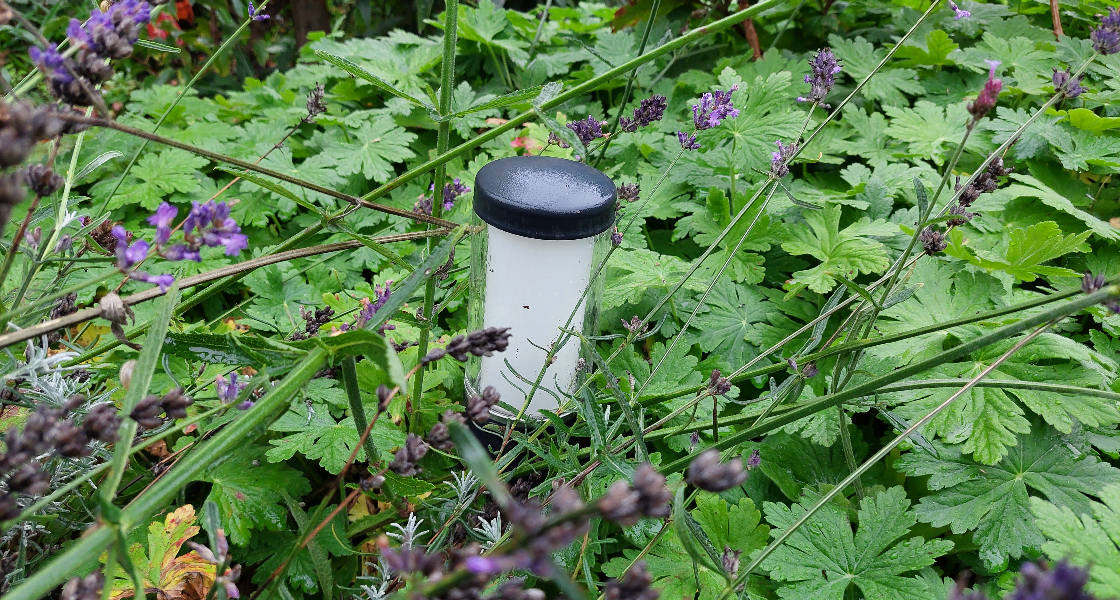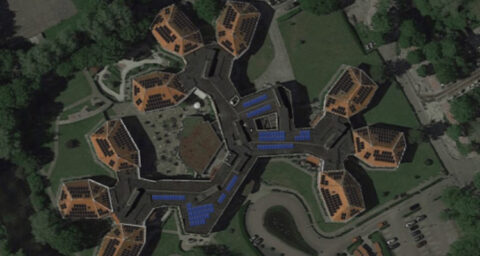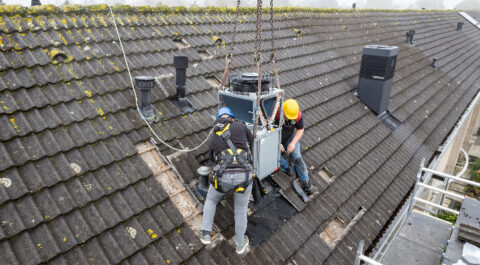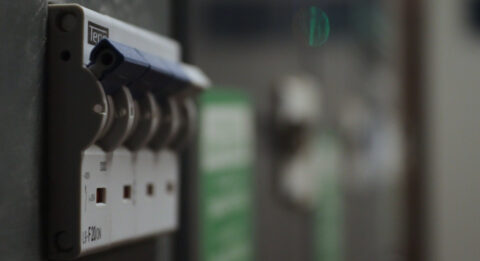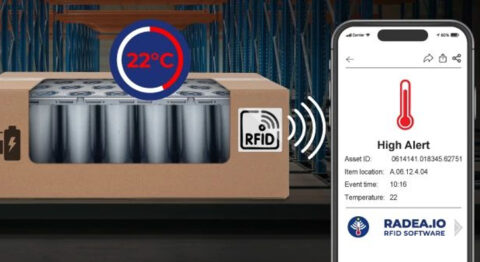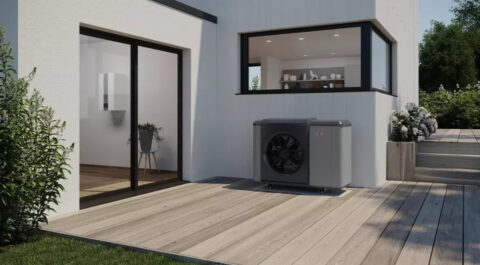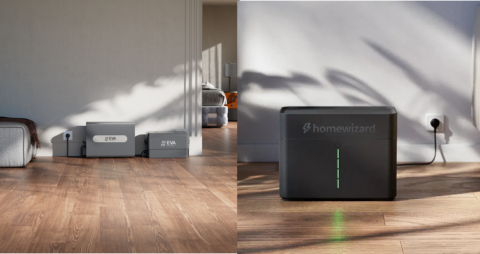Many people want to light their garden, and it's good to know what to look out for. What is the lighting for, what do you light, what bulbs do you use and what cables. First, make a lighting plan.
What does a lighting plan consist of?
Garden lighting installation always begins with a lighting plan. Discuss this thoroughly with the client. It is nice if you can advise: what is possible, which special features (for example, a striking tree, or a pond) in the garden are beautiful to light. And also ask carefully. Is the garden lighting intended to illuminate up/down steps, or is it purely for mood lighting? Is lighting needed at an outside or barn door, or at a patio? If everything is clear, make a sketch of the garden and garden lighting. Also indicate where power lines will run and where any electrical outlets are provided.
Low voltage or mains?
Many garden lights operate on low voltage (12 volts) but mains voltage (230 volts) is also an option. For mood lighting, low voltage is usually chosen. The light output is somewhat less due to the low voltage, but a big advantage is that the cables may be quite shallow. Energy consumption is also a consideration.
Mains powered garden lighting has a higher light intensity and consumes more electricity. It is important for safety reasons to lay mains cables at least half a meter deep.
Be sure to work safely! When connecting cables, make sure the power is off. After the job is done, check that all cables are in place and only then turn the power back on.
What cables do you use to install garden lights?
To power garden lights, you must use special EXVB ground cables. A ground cable has a steel braid and is therefore safe for underground use. For extra security, you can lay the ground cable in an impact-resistant tube.
Measure out carefully in advance how many meters of cable you will need, and take that liberally. In a garden with height differences, you often need a little more. For 230-volt outdoor lighting, the cables must also cover the distance of at least 50 centimeters twice.
Always read the installation instructions that come with the fixtures, and use materials with a seal of approval.
What IP protection?
With garden lights, always make sure you choose suitable, moisture-resistant bulbs. They should be able to withstand dew, fog and drizzle, but they should also be able to withstand a cloudburst. Moisture resistance is expressed in IP ratings. Lamps, cables and outlets in a garden should be at least IP 44. IP 54 is also suitable, but if the luminaire comes into direct contact with rain then choose IP 65. IP54 and IP44 lamps are in fact splash-proof, but not 100% waterproof. Especially for outdoor lighting on a facade, or for spotlights on the ground, IP65 is the best option.
Photo: ground spot
Do garden lights and nocturnal animals go together?
Lighting in the garden affects nocturnal animals such as hedgehogs. A nocturnal animal likes the dark. But garden lighting and nocturnal animals, if you take certain measures, can go together just fine. There are time switches that turn off lights after a certain time. And motion detectors ensure that the garden lights are on only when people are in the garden. Such a detector (usually) does not respond to an animal. The voltage also does something: nocturnal animals are less bothered by 12-volt lights than by 230-volt lights.
